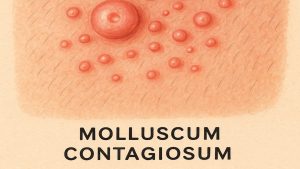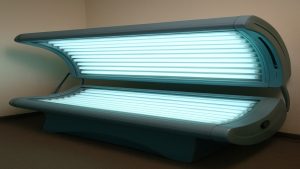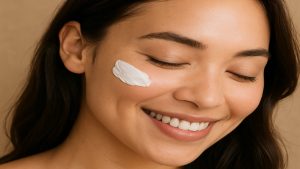- Azelaic acid reduces acne and dark spots
- Niacinamide hydrates and calms redness
- Together they brighten and refine texture
- Suitable for acne-prone and sensitive skin
- Explore Monderma’s tailored formulas via free consultation
Azelaic acid and niacinamide are key ingredients in modern dermatology, recognised for their versatility and suitability across multiple skin types. Used together, they improve skin tone, texture, and radiance with minimal irritation.
This article explores their evidence-based benefits and explains how to incorporate them safely into a skincare routine.
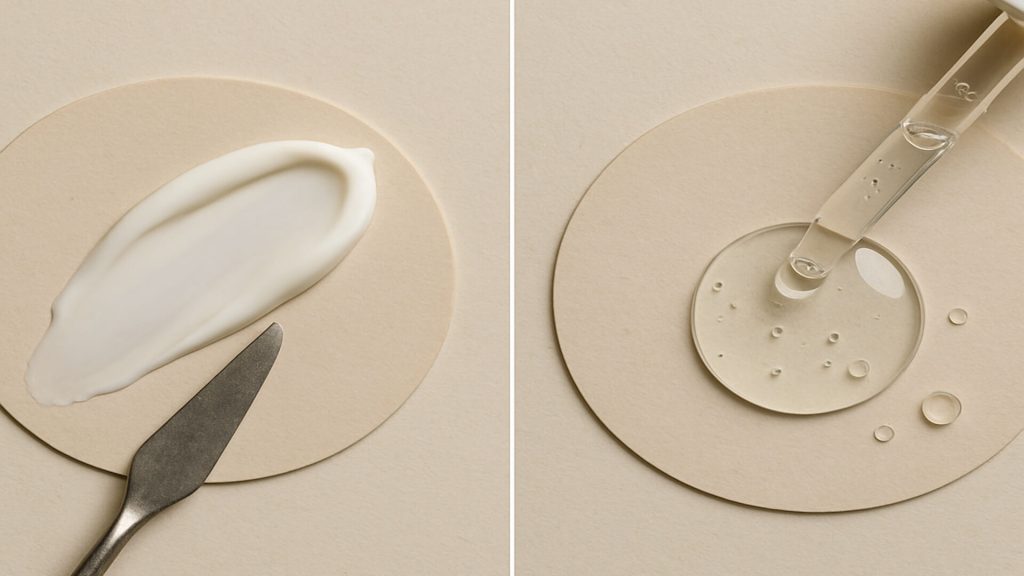
Understanding Azelaic Acid
Azelaic acid is a naturally occurring dicarboxylic acid derived from grains such as wheat and barley. It provides antimicrobial and anti-inflammatory activity, helping to reduce acne, soothe rosacea, and fade post-acne marks. Its mild nature makes it suitable for most skin types, including sensitive or acne-prone skin.
Benefits Of Azelaic Acid
Reduces Acne:
Azelaic acid inhibits Propionibacterium acnes and normalises keratin production, preventing clogged pores. In clinical trials, 20% azelaic acid cream reduced acne lesions by up to 65% over 12 weeks in mild-to-moderate acne [1].
Evens Skin Tone:
By blocking tyrosinase, azelaic acid reduces excess melanin that causes dark spots. A study comparing 20% azelaic acid with 4% hydroquinone showed similar effectiveness in lightening melasma over several months [2].
Soothes Redness:
In rosacea, 15% azelaic acid gel significantly decreased erythema and papules after 15 weeks of treatment [3].
The Power Of Niacinamide
Niacinamide (vitamin B3) is a water-soluble vitamin that enhances barrier strength and regulates sebum. It supports hydration, improves skin resilience, and complements actives such as azelaic acid.
Benefits Of Niacinamide
Boosts Hydration:
Niacinamide increases ceramide production, improving barrier function and reducing moisture loss. Studies show 4–5% concentrations improve hydration within weeks [4].
Reduces Redness:
By calming inflammation, niacinamide alleviates irritation and redness. In rosacea, 4% niacinamide moisturiser improved symptoms after several weeks [5].
Refines Texture & Pores:
Niacinamide regulates oil production, minimising enlarged pores and promoting smoother texture [4].
Supports Anti-Ageing:
It aids collagen synthesis, reducing fine lines and enhancing overall skin radiance [4].
Why Combine Azelaic Acid & Niacinamide
Together, these ingredients form a complementary duo: azelaic acid gently exfoliates and brightens, while niacinamide restores hydration and barrier integrity. This pairing suits acne-prone, sensitive, and hyperpigmented skin, offering results with minimal irritation.
Monderma’s dermatology team can design personalised formulations combining both actives, adjusted to each skin type following a free consultation.
How They Work Together
| Benefit | Description |
|---|---|
| Enhanced Brightening | Both ingredients target pigmentation; combined use may yield additive effects though direct clinical data are limited [6]. |
| Improved Texture | Azelaic acid’s exfoliation pairs with niacinamide’s barrier support to smooth and even skin tone. |
| Reduced Irritation | Their anti-inflammatory effects make the combination suitable for rosacea and sensitive skin [2,5]. |
Table 1: Combined benefits of azelaic acid and niacinamide
Formulation Considerations
Both actives are typically formulated in lightweight, water-based serums or creams for better absorption. A pea-sized amount is sufficient for the face. Over-application may increase dryness or irritation, particularly for new users.
Monderma’s formulations are dermatologically supervised to ensure balance and compatibility of active concentrations for each skin profile.
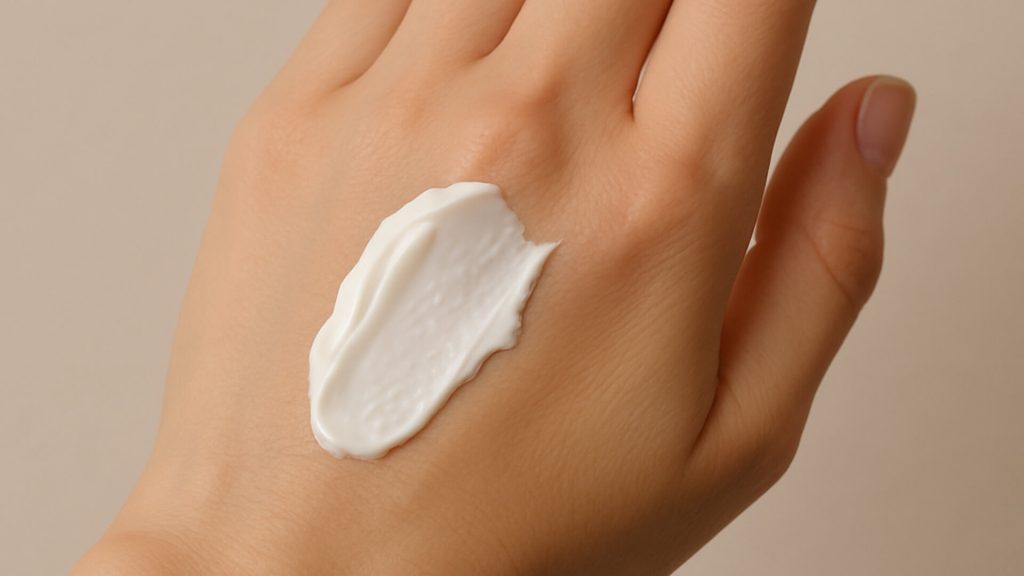
Who Should Use This Combination
This pairing benefits individuals with:
- Acne or post-inflammatory marks.
- Uneven tone or dullness.
- Rosacea or sensitive skin.
- Early signs of ageing.
Through Monderma’s free online consultation, healthcare professionals assess skin type and recommend tailored combinations of azelaic acid and niacinamide for specific concerns.
Potential Side Effects & Precautions
Both actives are well-tolerated, though mild irritation can occur initially.
| Side Effect | Likelihood | Management |
|---|---|---|
| Mild irritation or redness | Uncommon | Reduce frequency or buffer with moisturiser |
| Temporary dryness | Occasional | Apply hydrating cream after use |
| Sensitivity | Rare | Conduct patch test before first use |
Table 2: Potential side effects and precautions for combined use
Avoid layering multiple strong actives at once, and seek professional advice if persistent irritation occurs.
About Monderma’s Personalised Skincare
Monderma provides dermatology-directed, prescription-strength skincare for acne, rosacea, pigmentation, and ageing. Each formulation is prepared in a vegan base and may contain active ingredients such as azelaic acid, niacinamide, or tretinoin.
Visible improvements are often reported within weeks when used consistently under professional guidance. To explore how Monderma’s formulas can enhance your skincare routine, complete a free online consultation.
Conclusion
Azelaic acid and niacinamide deliver proven benefits for acne, redness, and pigmentation, while maintaining hydration and comfort. When used together, they promote clearer, brighter, and more balanced skin.
For personalised guidance, Monderma’s dermatology team offers expert consultations and tailored treatments designed to complement your skincare goals safely and effectively.
Content is for informational purposes only. Monderma treatments are prescribed following consultation. Results and timeframes can vary. Use as directed by your prescriber.
Bibliography
- Graupe K, Cunliffe WJ, Gollnick HP, Zaumseil RP. Efficacy and safety of topical azelaic acid (20 percent cream). Cutis. 1996;57(1 Suppl):20-35.
- Baliña LM, Graupe K. The treatment of melasma: 20% azelaic acid versus 4% hydroquinone cream. Int J Dermatol. 1991;30(12):893-895.
- Elewski BE et al. Comparison of 15% azelaic acid gel and 0.75% metronidazole gel in rosacea. JAMA Dermatol. 2003;139(11):1444-1450.
- Gehring W. Nicotinic acid/niacinamide and the skin. J Cosmet Dermatol. 2004;3(2):88-93.
- Draelos ZD et al. Niacinamide-containing facial moisturizer benefits subjects with rosacea. Cutis. 2005;76(2):135-141.
- Hakozaki T et al. Niacinamide reduces pigmentation and melanosome transfer. Br J Dermatol. 2002;147(1):20-31.
Find your perfect skincare formula
Takes less than 2 minutes – see what your skin needs
Get Custom Formula